Moqsadur Rahman
Predicting skull fractures via CNN with classification algorithms
Aug 14, 2022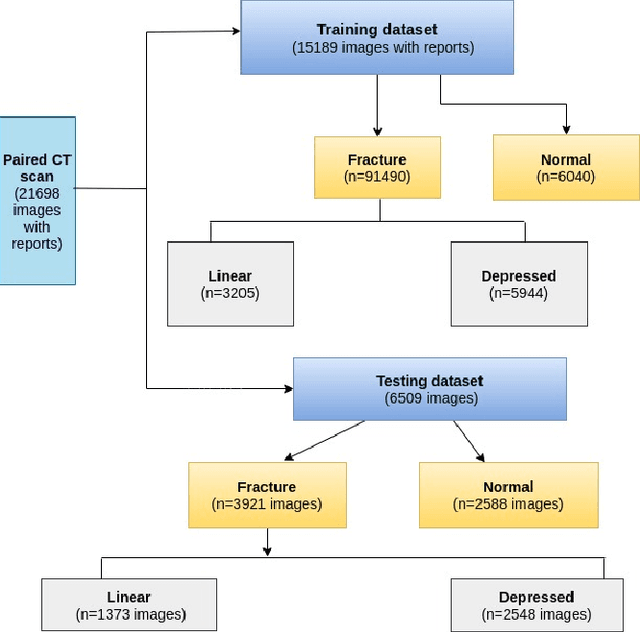
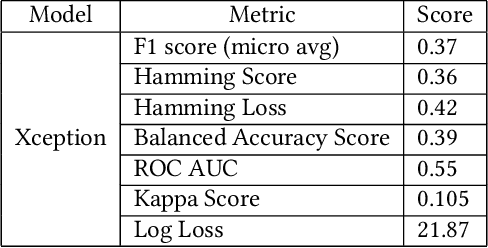
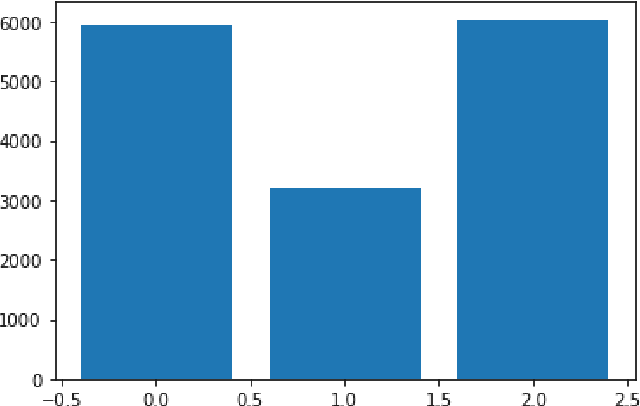
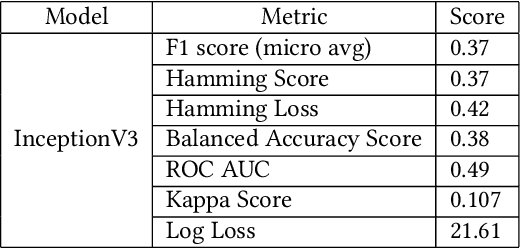
Abstract:Computer Tomography (CT) images have become quite important to diagnose diseases. CT scan slice contains a vast amount of data that may not be properly examined with the requisite precision and speed using normal visual inspection. A computer-assisted skull fracture classification expert system is needed to assist physicians. Convolutional Neural Networks (CNNs) are the most extensively used deep learning models for image categorization since most often time they outperform other models in terms of accuracy and results. The CNN models were then developed and tested, and several convolutional neural network (CNN) architectures were compared. ResNet50, which was used for feature extraction combined with a gradient boosted decision tree machine learning algorithm to act as a classifier for the categorization of skull fractures from brain CT scans into three fracture categories, had the best overall F1-score of 96%, Hamming Score of 95%, Balanced accuracy Score of 94% & ROC AUC curve of 96% for the classification of skull fractures.
Classifications of Skull Fractures using CT Scan Images via CNN with Lazy Learning Approach
Mar 21, 2022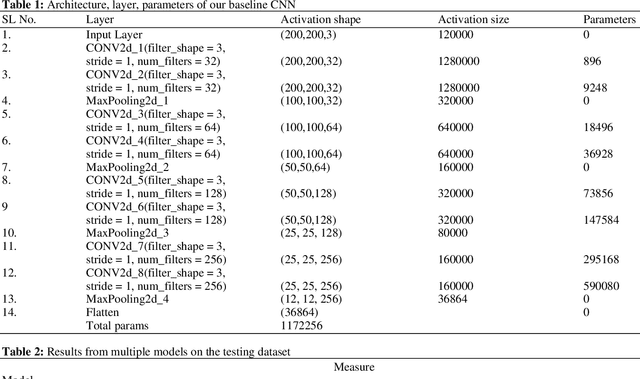
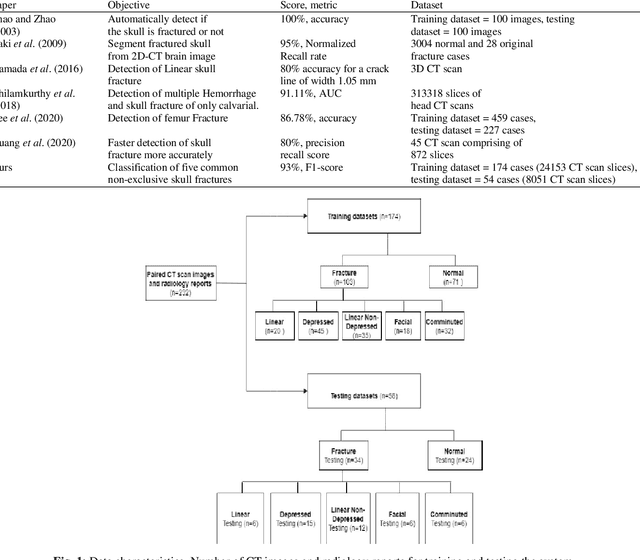

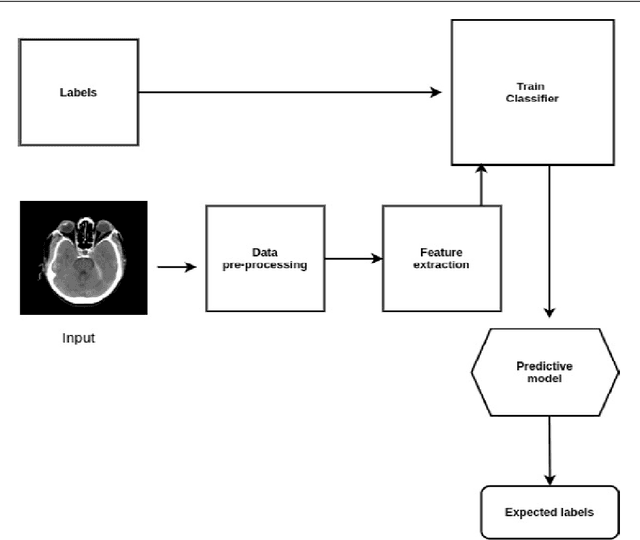
Abstract:Classification of skull fracture is a challenging task for both radiologists and researchers. Skull fractures result in broken pieces of bone, which can cut into the brain and cause bleeding and other injury types. So it is vital to detect and classify the fracture very early. In real world, often fractures occur at multiple sites. This makes it harder to detect the fracture type where many fracture types might summarize a skull fracture. Unfortunately, manual detection of skull fracture and the classification process is time-consuming, threatening a patient's life. Because of the emergence of deep learning, this process could be automated. Convolutional Neural Networks (CNNs) are the most widely used deep learning models for image categorization because they deliver high accuracy and outstanding outcomes compared to other models. We propose a new model called SkullNetV1 comprising a novel CNN by taking advantage of CNN for feature extraction and lazy learning approach which acts as a classifier for classification of skull fractures from brain CT images to classify five fracture types. Our suggested model achieved a subset accuracy of 88%, an F1 score of 93%, the Area Under the Curve (AUC) of 0.89 to 0.98, a Hamming score of 92% and a Hamming loss of 0.04 for this seven-class multi-labeled classification.
 Add to Chrome
Add to Chrome Add to Firefox
Add to Firefox Add to Edge
Add to Edge